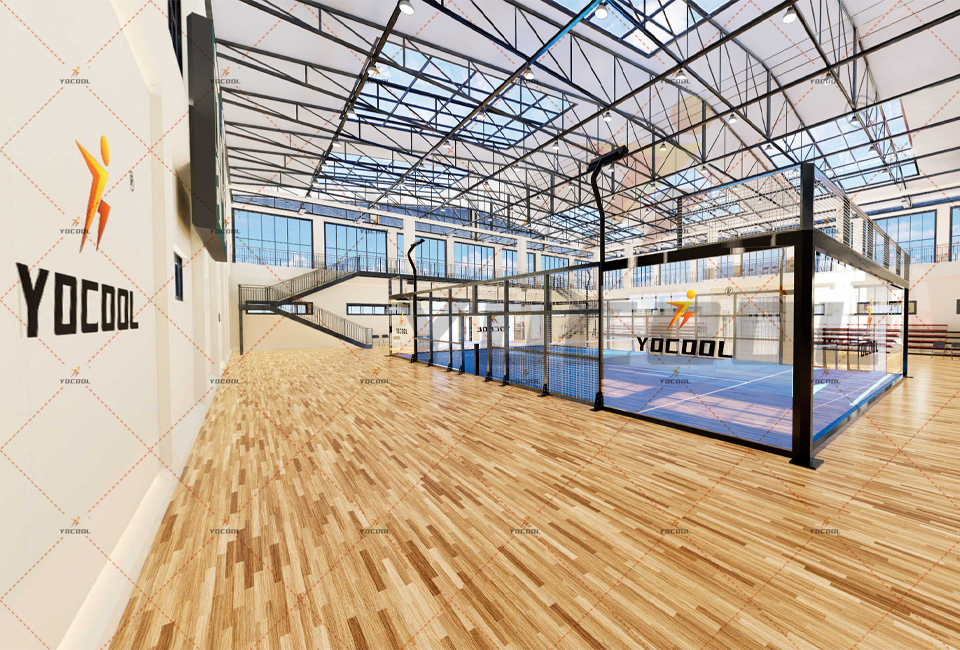

Exploring the Connection Between Paddle Sports and Tennis
Paddle sports, particularly paddle tennis, have gained significant momentum in recent years, appealing to a diverse range of players. While sharing some fundamental characteristics with traditional tennis, paddle tennis offers a unique twist that has captivated enthusiasts worldwide. This article delves into the relationship between paddle sports and tennis, examining their similarities, differences, and the growing popularity of paddle tennis.
At first glance, paddle tennis resembles traditional tennis in many ways. Both sports are played with rackets and a ball, and the objective remains the same to score points by hitting the ball over a net and into the opponent's court. However, paddle tennis, which is played on a smaller, enclosed court, brings a new dimension to the game. The presence of walls allows players to use rebounds strategically, creating opportunities for exciting rallies and creative shot-making.
Exploring the Connection Between Paddle Sports and Tennis
Playing surface is another differentiating factor. Paddle tennis courts are typically smaller and surrounded by walls, which leads to a fast-paced game with shorter rallies. In contrast, traditional tennis courts vary in size and can lead to longer rallies with a greater emphasis on stamina and agility. This distinction attracts different types of players; those who favor quick reflexes and strategic gameplay may find paddle tennis more appealing, while traditional tennis enthusiasts might thrive in the larger, more physically demanding environment.

Despite these differences, the two sports share a common foundation in their emphasis on strategy, skill development, and social interaction. Both paddle tennis and traditional tennis offer a platform for players to improve their technical abilities, whether through serving, volleying, or positioning. Furthermore, both sports encourage sportsmanship and camaraderie among players, making them enjoyable recreational activities that can be played casually or competitively.
As paddle tennis gains popularity, numerous clubs and facilities have started to emerge, reflecting a growing interest in the sport. Many traditional tennis clubs have also embraced paddle facilities, providing members with the opportunity to explore both sports. The social aspect of paddle tennis, especially in doubles play, fosters a sense of community that continues to draw players of all ages.
Moreover, the rapid rise of professional paddle tennis tournaments and leagues has put the sport on the global stage. With professional athletes competing at high levels, fans have begun to embrace paddle tennis as a legitimate sport, leading to increased viewership and participation. This growth mirrors the development of tennis in its early years, suggesting a promising future for paddle sports.
In conclusion, paddle sports, particularly paddle tennis, offer a refreshing alternative to traditional tennis while sharing many of the same principles. With its unique characteristics and rapidly growing popularity, paddle tennis is attracting new players and fostering a vibrant community. As both sports continue to evolve, the connection between them remains strong, demonstrating the timeless appeal of racket sports and the joy they bring to players around the world. Whether on a traditional tennis court or a modern paddle tennis venue, the love for the game continues to unite players and fans alike.
High-Performance Industrial Flooring Solutions China Paddle Tennis Court for Sale
High-Performance Industrial Flooring Solutions Durable & Cost-Effective
Homogeneous Transparent Floor – Durable & Stylish Rubber Floor Solutions
Premium Homogeneous Transparent Floor for Durable & Stylish Spaces Rubber Floor Solutions
Premium Sports Floor Solutions Durable PVC Sports Floor & Rubber Floor for Gyms
Durable Rubber Composite Floor Premium Rubber Floor & Mats Solutions